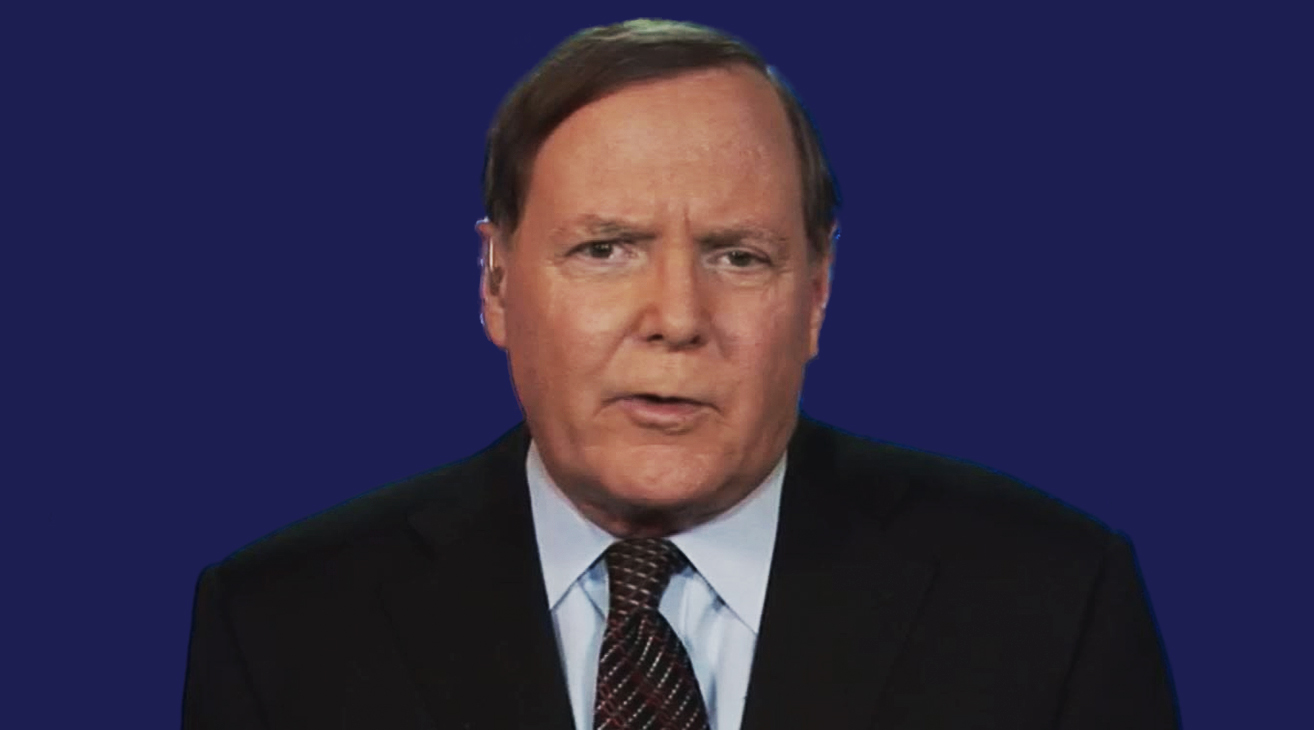by Hubert Marleau, Market Economist, Palos Management
Algos and Conspiracy Theories Are Recalibrating the Markets After Days of Manic Episodes.
Last Wednesday, Jerome Powell cut interest rates, citing “the implications of global developments for the economic outlook.” In doing so, he created uncertainty because he was unclear about what the Fed plans to do next. Markets were spooked because he alluded to the rate cut as merely a “mid-cycle adjustment to policy”. He sounded as if he was not ready or willing to believe that the economy needed a cut.
He was only doing so because the market insisted on having one. In a nutshell, the Fed’s decision was not data driven. Ultimately, it proved to be right. The July job report printed 164,000 new jobs, exactly in line with estimates and average hourly earnings rose 0.3% month-over-month registering a hotter than expected yearly increase of 3.2%. This report came on the heels of the June CPI print, which revealed the fastest pace of consumer price gains since the start of 2018.
Then, on Thursday, Donald Trump decided to escalate his high-risk coercive trade showdown with China, hoping that the tweet will add enough new pressure on the Chinese negotiators to capitulate and give the trade concessions that he demands.
The markets are aware that tariffs result in economic pain as we saw in the second quarter GDP report and in business confidence as we saw in various surveys. Peter Boockvar, a world renowned economist, said:
“I’ll be blunt. The use of tariffs to achieve non-tariff related goals is a colossal mistake and the negative effects are now magnifying.”
Unsurprisingly, after two days of manic episodes, markets recalibrated their expectations. John Authers, a columnist with Bloomberg, put forward the following observation.
“When the Fed’s reaction function is led by measures of inflation and employment, neither of which the president can control, then there is little Trump can do to force the central bank’s hand. But when the Fed is driven by global developments over trade, then he can very directly engineer a cut in rates by threatening new tariffs on key trading partners. Is Trump really that cynical? We cannot know, but the timing of the announcement, when the official word was that talks with China were proceeding well, is hard to explain unless the Fed was a factor. And we now discover that the Fed is left haplessly in the role played by the ECB during the sovereign debt crisis or the Bank of England in the Brexit imbroglio, in that it has no choice but to offer insurance in the case that politicians do something really stupid that severely damages the economy.”
The idea that the Fed could act irresponsibly or even recklessly and be exempt from the consequences of their actions was visible in the marketplace. It does not take much economic knowledge to understand that Trump can win over the monetary authorities in a trade war simply by arranging short-term outcomes. It’s a trap.
The controlled trade war escalation move from POTUS has the market dictating terms to the Fed. Yet, it’s easy to see that the Fed took a big risk in pacifying Trump. The yield curve bearishly inverted in the short end and unfavourably flattened in the long end, lowering the equilibrium rate to 1.55%--the level needed to keep the economy growing.
In the three days ended Friday, the Dollar Index declined to 97.30, ten-year treasury yield dropped to 1.76% and the S&P 500 plunged to 2850. Bond traders are pricing a100% chance that there will be a rate cut in September, adding bets that the path towards interest rates will continue into 2010. The stock traders are pricing in concerns for near-term stock values as portrayed by the increase in the CBOE Volatility Index (VIX) and the fall in the CNN Fear and Greed Index. The speculative accounts of currency traders are now net short the dollar in the futures market.
The Fed’s decision and Trump tweets are causing the global stock of negative-yielding debt to expand even more. One may think that bond investors have gone mad. But, not according to traders and speculators who believe that a government bond with a yield below zero percent is not much different than paying a bank for a safe deposit box to hold valuables. It's a safe place to keep some money for a rainy day. On Friday, the entire German yield curve turned negative for the first time in history, like the one in Japan, Denmark and Switzerland.
When it comes to the best way to monitor the prevailing sentiment about the global economy, keeping an eye on the Yen is a good way. The Yen is a traditional haven in times of turmoil. Japan is not reliant on foreign capital because it has a huge current account surplus that tends to preserve currency value.
It acts as a center stage in the foreign exchange market because when things are good and normal, Japanese investors tend to move money abroad to obtain higher returns and bring it back when concerns about the global outlook increase. Interestingly, the Yen has been very strong in the past week. Despite the general strength of the dollar index, the greenback now buys 105.0 Yen compared to 109.25, just a few days ago and 113.85 last December.
At the moment, attracting global money to the U.S. isn’t a problem. Foreign holdings of Treasuries are at record highs. Yet, many international investors and foreign central banks are moving a lot of capital into gold. Given the volume of complaints about how strong the greenback is, the U.S. is probably readily prepared to put an end to the current strong-dollar regime.
The point is that the desire for a weaker dollar should be taken seriously because there is a lot of room to take it down. Given that there is no budgetary space for new fiscal measures and no monetary room for new quantitative easing programs to stimulate the economy, a possible way to keep growth going is to get some beneficial economic results from a currency devaluation---especially if the current productivity revival were to stop. A trade-weighted index of the dollar adjusted for inflation is not far below its highest point since 2016.
China’s Yuan weakened beyond 7 per dollar on Monday---a move that suggests the 7 Yuan per dollar level is no longer a line in the sand for policy makers in Beijing. In an all-out currency war, the U.S. Treasury designated China a currency manipulator. In spite of demand for Fed independence by Volker, Greenspan, Bernanke and Yellen, the odds of direct intervention from Steve Mnuchin with Jerome Powell’s collaboration to bring down the dollar are now substantially higher.
Thus, there is more than an outside chance that the Treasury and the Fed could conspire together to bring about a 5% to 10% dollar drop, creating features that would not undermine the case for owning U.S. assets such as government bonds whilst choosing characteristics that would have some reflation impact on risk assets such as U.S. equities. A new dollar policy designed in such as way would likely get worldwide acceptance.
P.S. Goldman Sachs (GS) just revised its outlook for the S&P 500 (2925). The bank increased its year-end target to 3100 from a previous forecast of 3000 and introduced a 2020 year-end target of 3400. GS’ top-down approach has an EPS of $167 for 2019, $177 for 2020 and $185 for 2021. Meanwhile consensus bottom-up has EPS of $166 for 2019, $184 for 2012 and $201 for 2021. GS provided some colour on their predictions.
While they expect some pressure on profit margins stemming from higher wages, material costs and tariffs, they are counting on modest growth, buy-backs and a well behaved dollar to shore up EPS growth. You will note that GS’ EPS outlook is not quite as optimistic as the street consensus and far from being very cheerful, but it can be considered to be relatively good.
P.P.S. The S&P 500 currently carries a dividend yield of 2.25%, better than the 1.75% yield offered by the 10-year Treasury. We have not seen this for a long time. The Equity Risk Premium (ERP) is presently 3.82%, its lowest point since December 24, 2018 when it was 4.19% for one day.
Copyright © Palos Management












